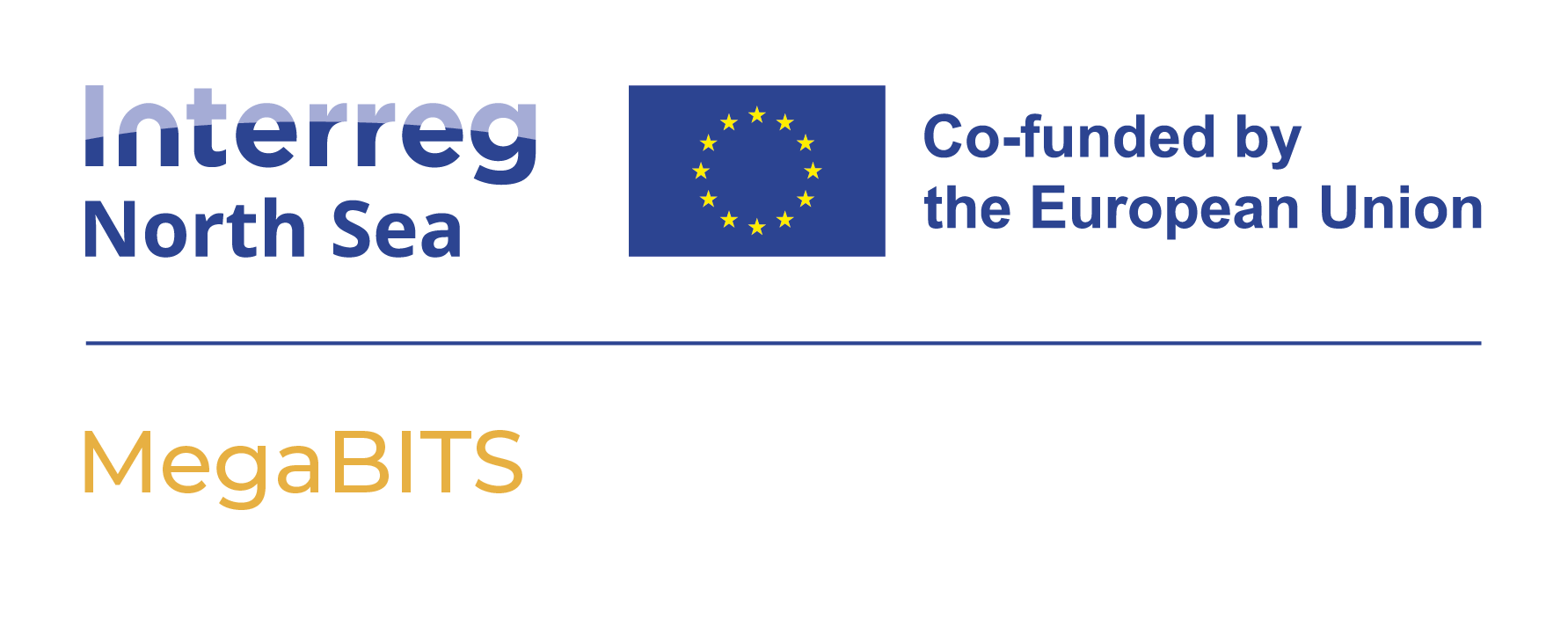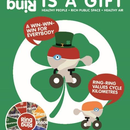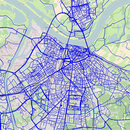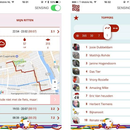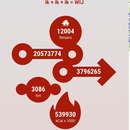With the Ring-Ring-app on the smartphones (iOS/ android) of citizens, cyclists are tracked (100% automatically) what distances and routes they cycle and how much carbondioxide they have been saving in what wheather conditions and how much time they are active. The cycle kilometres are the source of rewarding based on geographical area or in a specific private group or at shops and stores. These credits can be used to buy goods in local stores. Most used rewarding system with Ring-Ring in more then 6 cities/ regions in the Netherlands is cycling or collective community goals from a local citizens. This circular value allocation brings bottom-based consciousness about daily mobility choices and the opportunity to help local initiatives just to cycle.
As an addition the cyclists can give feedback about their cycling experiences and about the safety. The data (completely anonymised) about where, when and what time frames is shared to learn and innovate and improve the roads used and make it more convenient. Ring-Ring also implements Talking Traffic where cyclists with the app receive a green light in advance. Ring-Ring has an holistic approach that values a healthy mobility choice from 5 perspectives that all benefits from more cyclists. Think about: health, climate, public space and local economy and social interaction.
Main technologies used: Smartphone (iOS/ android), 100% automated sensing/ tracking, application, data anonimised about where, how long, what time, feedback option to learn from cyclists point of view about the experience and safety.
How does the system collect/generate data (if any): Cyclists are automatically tracked while they ride their bicycles. The distances, times, routes, carbon safed and weather conditions are being stored. The routes can be reviewed. Plus several rewarding programms can be added and feedback options
How does the system use data (if any): Ring-Ring shares the data (anonimised) through the Ring-Ring Datashed to third parties that can visualise, analyse, place additional data to the dataset to enrich and comprehend better the choices of cyclists. Since the choices differ often from what professionals think. For example: cyclists do not take the shortest route from A to B. But more over a greener or nicer route. Profits from data are redistributed to loyal users once a year. Users can choose to re-allocate the money to foundations that help climate, safety and public space for people.
